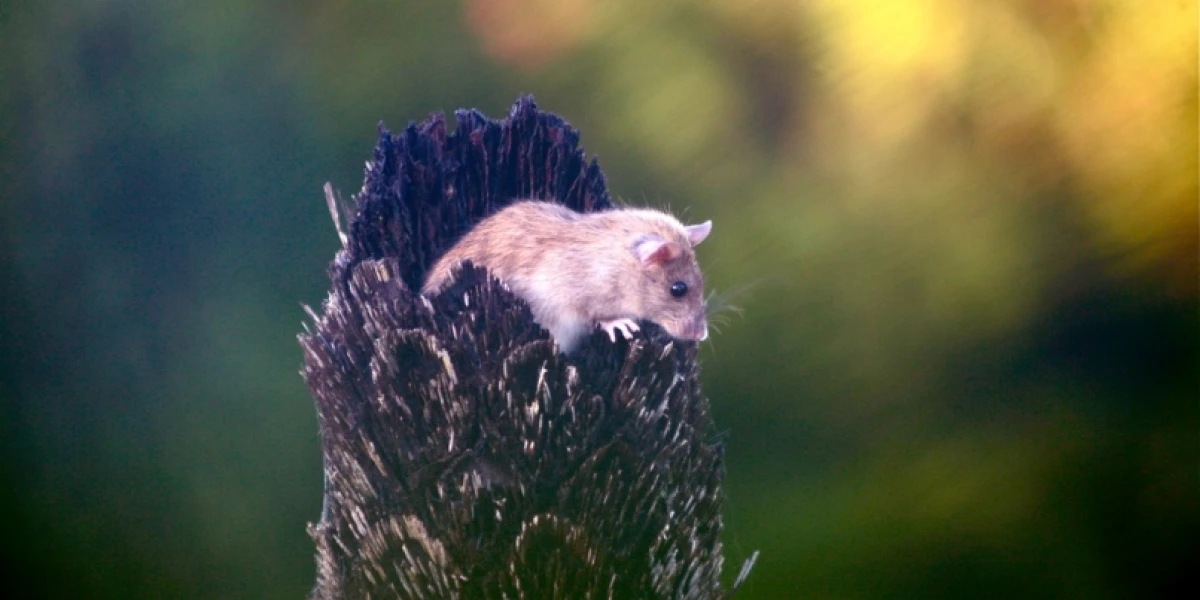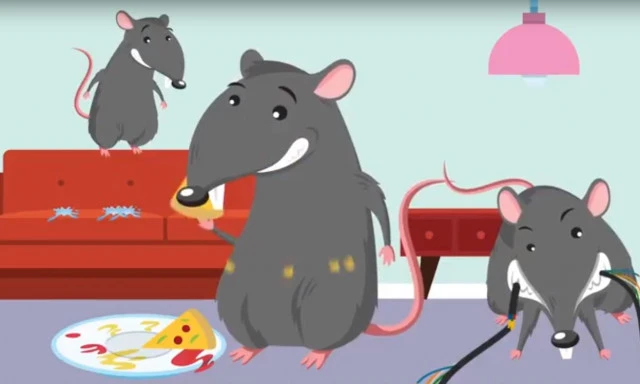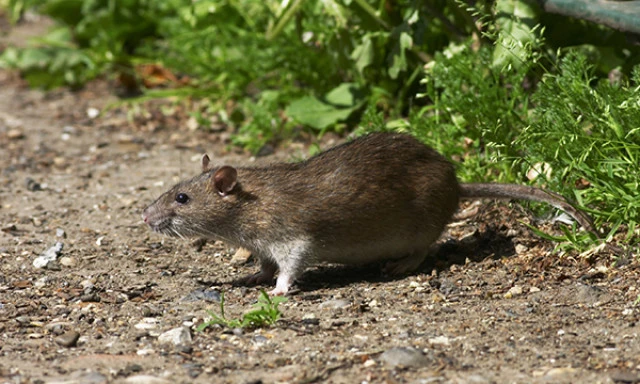Mega Mast 2019
A mast year is one in which trees and other plants produce exceptionally high amounts of seed. It is predicted that 2019 will be a mast year and is being referred to as a ‘Mega Mast’ because more seed is being produced than in average mast years.
The excess of seeds provides extra food for rodents so that their numbers reach significantly higher than normal levels. The rodents then provide more food for animals such as stoats and ferrets (mustelids) that prey on the rodents, and their numbers will be higher than normal too. This is very bad news for birds that are the prey of both rodents and mustelids.
Beech trees are the largest contributors to the mast, being more than 80% of trees in the South Island and 40 % in the North Island. A prediction algorithm known as ‘delta T’ is used to predict the beech mast. It is based on the difference between average summer temperatures in two successive years. If the second summer is warmer than the last, there is a high likelihood of a mast in the coming year. Last summer was two degrees warmer than the summer before.
Other trees are also showing signs of a mast. Podocarps like rimu have been seen to have produced high seed numbers.
The ‘mega mast’ will not just mean high rodent numbers in New Zealand bush, it will also mean higher rodent numbers in rural and urban areas. Come autumn there will be more rats and mice than normal seeking ongoing food supplies and shelter; all too often they find these in our homes and other buildings.
Get prepared for the potential rodent invasion, watch Kiwicare’s series of short videos on rodent control and how to stop them getting into your home.
David Brittain
Kiwicare


